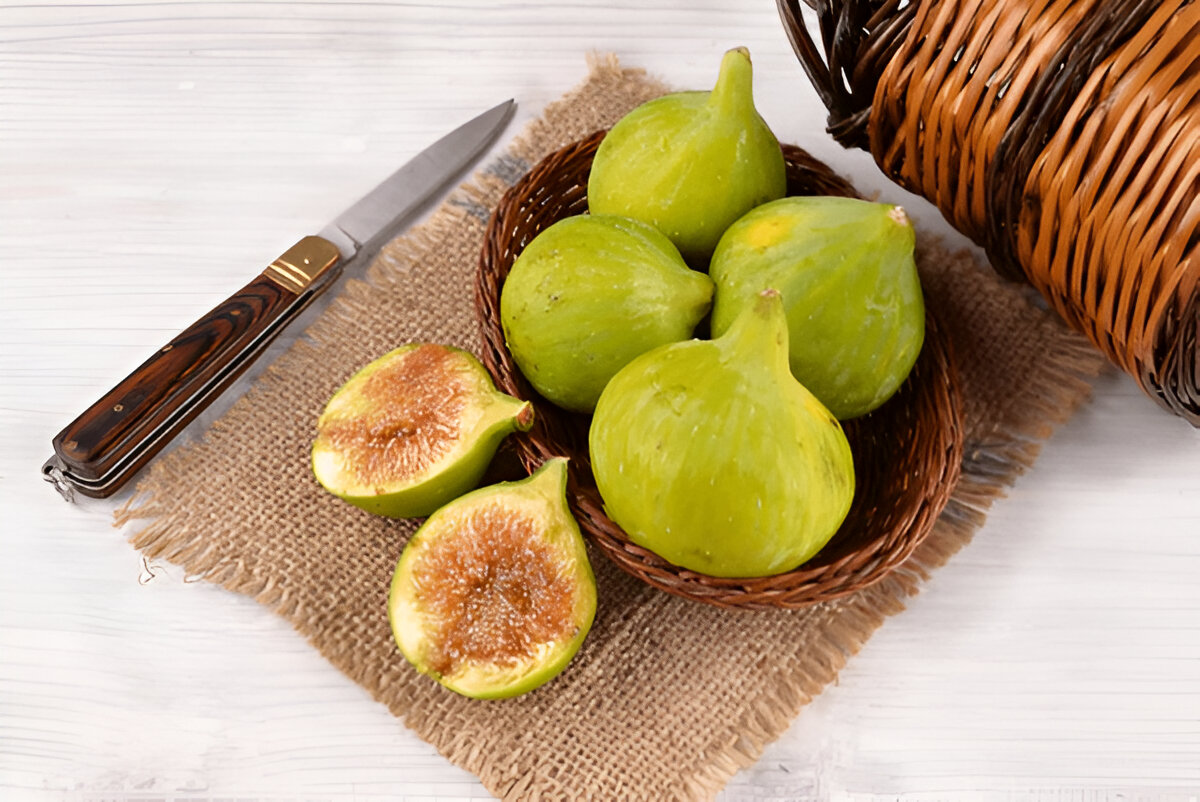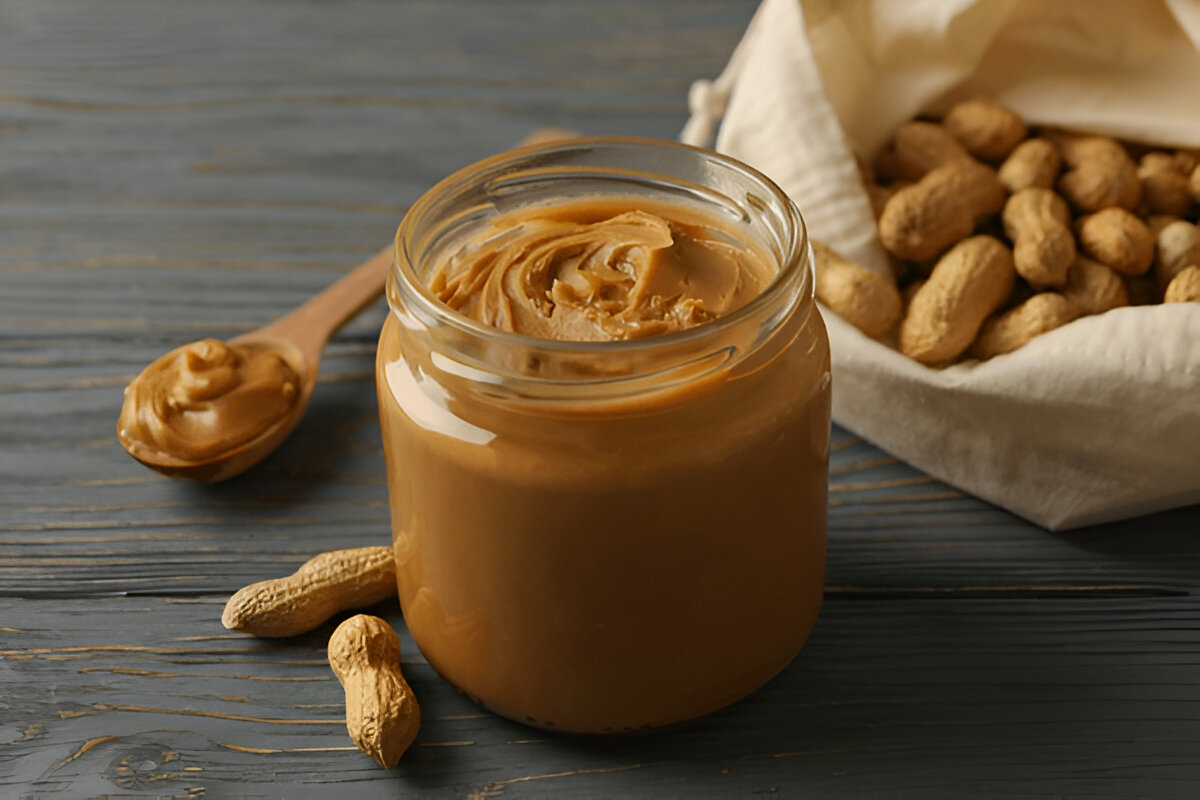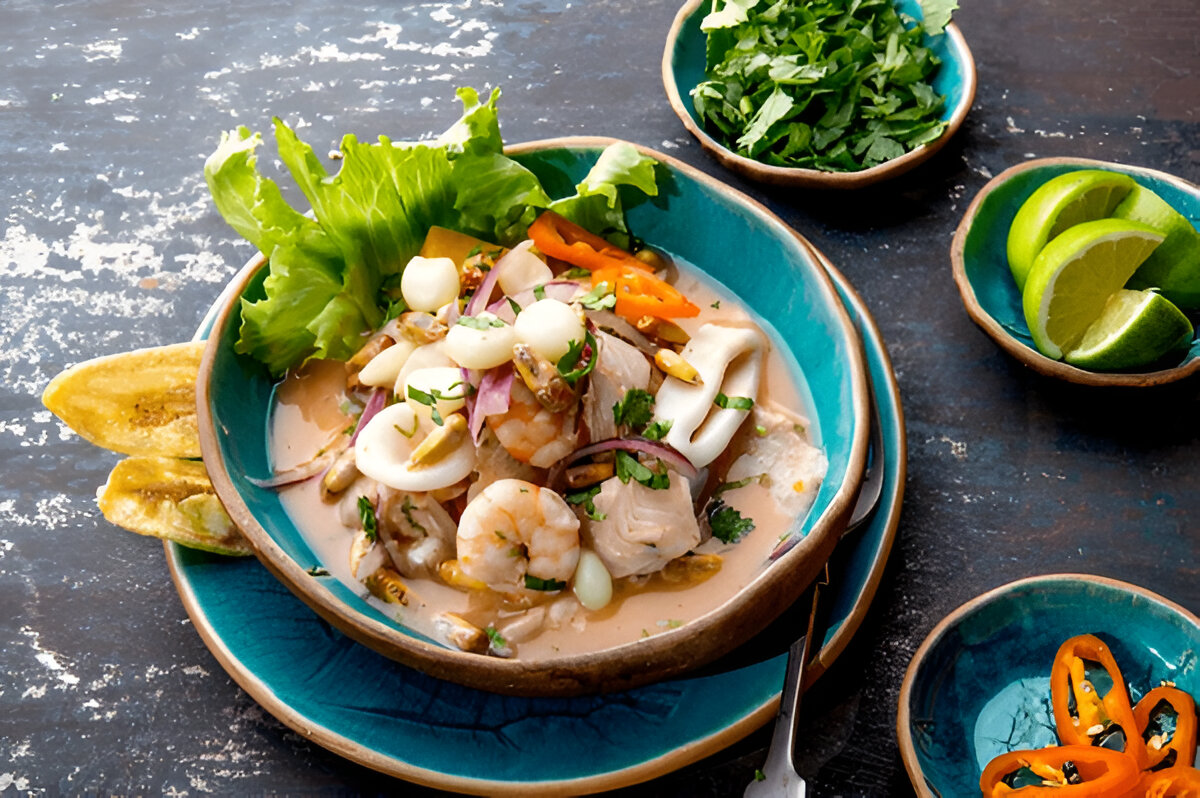Introduction to Byadi Fig:
Welcome to the land of Byadi — a lovely little fruit that’s winning hearts across the orchard universe. This distinctive white honey fig isn’t just anything you can throw in your garden – it is a culinary treasure with centuries of tradition and fantastic health benefits. Whatever your level of expertise, from novice to experienced grower, it offers something uniquely special. Come along with us as we look at what makes this variety so special and how you can add one to your collection. Prepare to be inspired!
Byadi – A Brief History and How it is Prepared
Byadi, the white honey fig, is rooted deep in centuries-old agriculture. This distinctive fruit is one that originally hails from the Mediterranean region and has been relished for ages.
It appears to have been cultivated from ancient times by early civilizations who liked its sweet taste and nutritive qualities. As it stands, the fig tree has deep cultural roots in many societies.
Byadi’s influence extended as trade routes did. It is grown far from its native range and seems quite capable of adapting to some pretty diverse orchards in different climates.
The soil and climatic conditions of Byadi helped the tree to flourish. Farmers saw its potential, and they not only began to farm it for food but also as an ornamental plant.
Today, Byadi is known not only as a food delicacy but also as a key element of sustainable agriculture all over the world. Its history is still with us in the way we enjoy this special fig today.
Characteristics and Benefits of Byadi
The Byadi fig is a distinctive type of fig with a white skin like no other. This is one of those fruits that is not only beautiful to look at but also tastes delightful. It’s a great addition to many recipes, adding creaminess and a yummy flavor.
With their nutritionally rich content, Byadi figs are stuffed with vitamins and minerals. They are a good source of potassium, calcium, and fiber. These elements help the heart as well, and it is good for digestion.
With Byadi, another interesting aspect is its flexibility. Serve them fresh or dried in salads and desserts. But their sweet taste also goes well with cheeses and meats.
But besides the flavors of a good meal, growing Byadi is good for your orchard’s biodiversity. It draws in beneficial pollinators and provides shade for other nearby plants. This perfect harmony means the health of the entire ecosystem in your garden.
How to Cultivate Byadi in Your Orchard
It is a rewarding challenge to grow Byadi in your orchard. This peculiar fig species does best in well-draining soil, so make sure you get the ground ready for it.
Choose a bright location with some amount of direct sunlight. It enjoys at least six hours of sun a day, allowing them to grow well and produce sweet fruits.
Space the trees about 15 feet apart when planting so there is plenty of room for their large canopies. Water when dry during prolonged dry spells, although don’t over-water, which can cause root rot.
Fertilize in early spring with an organic compost to improve nutrient availability. Be on the lookout for pests and diseases, taking steps, like natural remedies to avoid toxic chemicals, to protect your plants when needed.
You will also need to prune, cutting out any dead or overcrowded branches the first year, and every year thereafter. This enables optimum air-flow and sunlight penetration for strong growth & bountiful yields.
Tips for Harvesting and Preserving:
Byadi is delicate to harvest. Harvest the figs when they are fully ripe to the touch and have vibrant color. After every meal (even breakfast), I harvest the day’s crop and put them right into these pots. Early morning is the freshest due to cool temperatures.
Avoid bruising and damaging the stems with dull knives by using scissors or pruning shears to snip off the ends instead of pulling them through when figs are picked. Put them into shallow boxes to prevent their weighing upon each other.
There are also other ways to preserve Byadi. For drying, slit them open and place them flat on dehydrator trays. You’ll want to make sure they’re fully dry before storing in airtight containers.
Culinary Uses for Byadi
Byadi figs add an exclusive sweetness to many dishes, whether it is a savory dish or a sweet delight. Slice them fresh into salads for an extra kick.
Its rich character makes Byadi excellent for jams and preserves. Just mix with some sugar and lemon juice to make a delicious spread that goes so well on breakfast foods.
They’re also great for baking. Or add them to muffins or breads for a moist and flavorful treat. They are also beautiful in tarts, where everything depends on their natural sweetness.
And for the adventurous, put Byadi on cheese boards. That sweet versus sharp cheese taste is unforgettable for the fig.
Don’t forget about savory dishes! Byadi-buro (roasted Byadi). Like many such accompaniments, the roasted Byadi can truly lend a scorching caramelized kick to meats like pork or chicken, which adds flavour and heat at once whenever it’s served.
Where to Get and Buy Byadi
Locating Byadi is an adventure in itself. You might not find this one-of-a-kind fig all the time at your grocery store, but look around.
Begin with farmers’ markets in your region. Local growers usually have the freshest, and you may find someone who grows them.
This coveted fig is also available from specialty fruit nurseries, as this may be a fun way to ask some propagation questions directly to experts.
You might have greater purchasing options online. Heirloom plant websites often sell Byadi, so you can shop around and even read reviews to inform your purchase.
Connect to like-minded gardening communities virtually or through social media. These clubs can provide leads on where other hobbyists get their Byadi figs.
Conclusion
Despite common misconceptions, Byadi isn’t just a fig; it’s also an interesting addition to any orchard. This white honey fig offers a special profile taste and nose, not to mention its historic touch that can really up your gardening skills. If you’re in the market for a new crop or simply inspiration to take into the kitchen, Byadi has just that.
It may take some work to cultivate Byadi, but with the right care and management, you can watch your orchards flourish. The pluses are many—tasty fruit to eat and a beautiful variety in your landscape. So make sure you keep the tips for harvesting and preserving in mind: You’ll be able to enjoy these babies long after they come off the tree.











